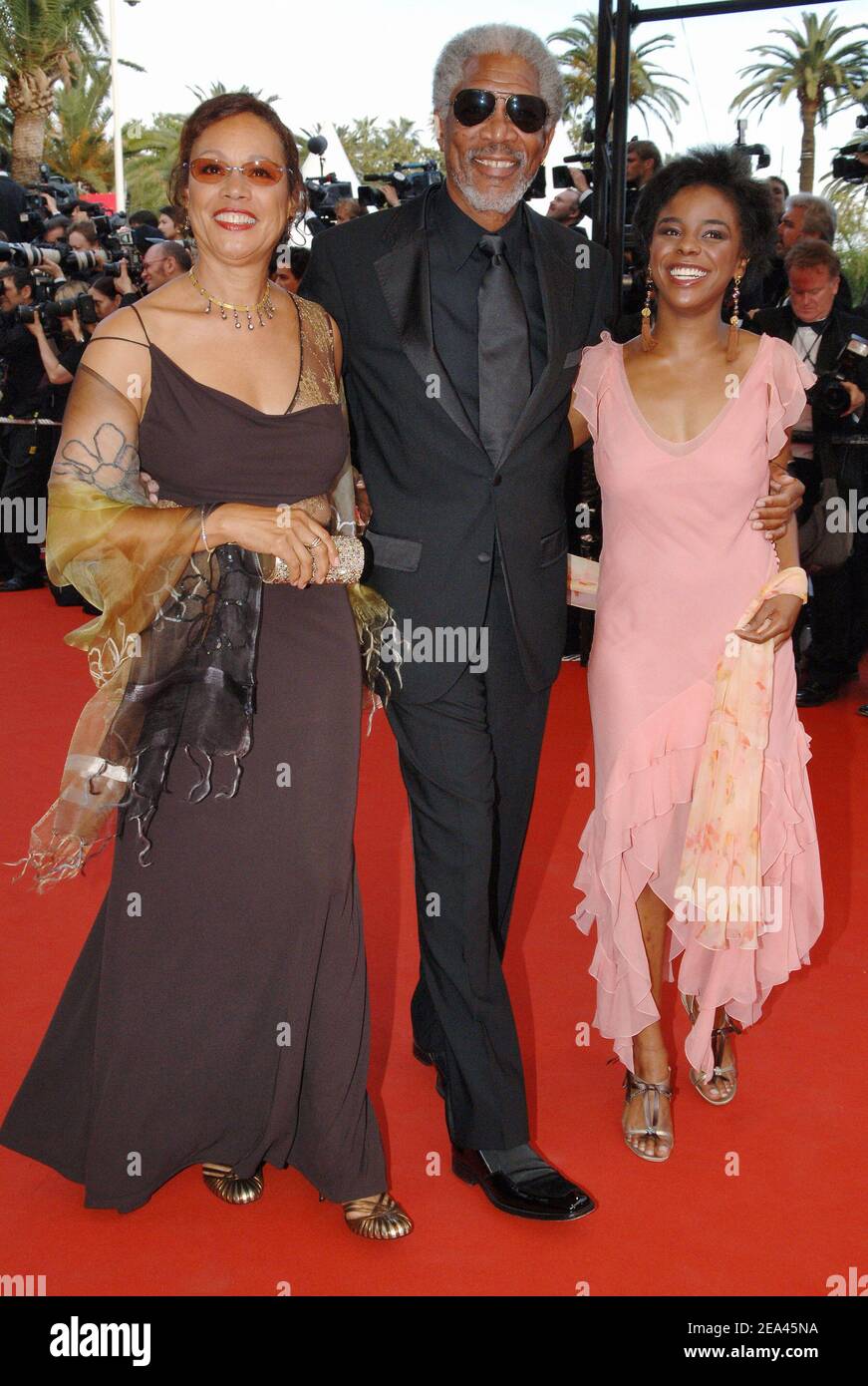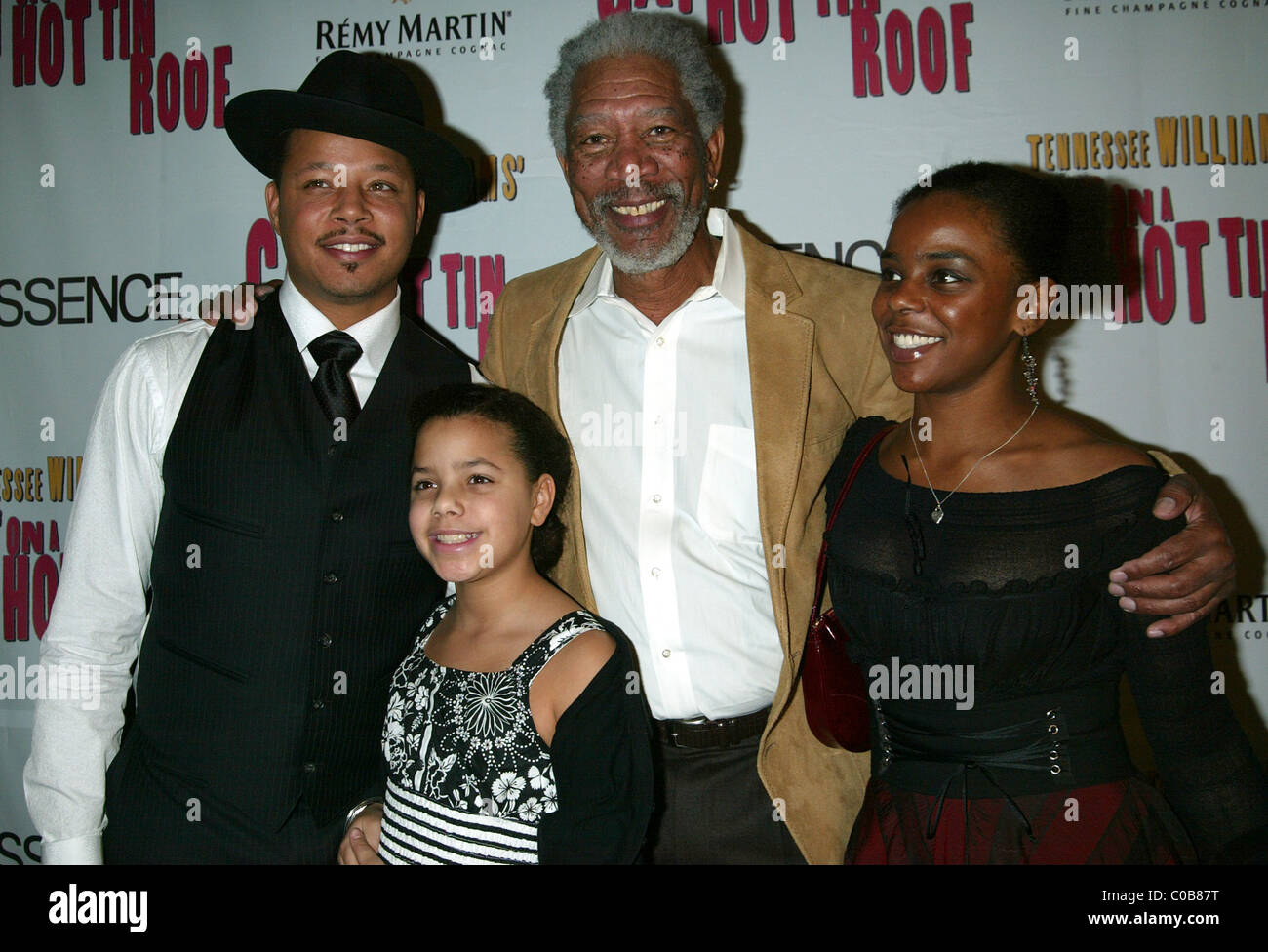Edward Lee Hines Deena Freeman Divorced Children Joint (noun) A legal term that describes an arrangement where divorced parents share jointcustody of their children.
This arrangement is often made when the parents have a strong desire to continue raising their children together, despite their divorce. It can be a beneficial arrangement for both the children and the parents, as it allows the children to maintain a close relationship with both parents while also giving the parents the opportunity to continue to be involved in their children's lives.
One of the key historical developments in the area of joint custody is the passage of the Uniform Child Custody Jurisdiction and Enforcement Act (UCCJEA) in 1997. This act established a uniform set of rules for determining which state has jurisdiction over child custody cases involving parents who live in different states.
Edward Lee Hines Deena Freeman Divorced Children Joint
When parents divorce, one of the most important decisions they need to make is how to share custody of their children. Edward Lee Hines Deena Freeman Divorced Children Joint is a legal term that describes an arrangement where divorced parents share jointcustody of their children.
- Parenting plan: This is a written agreement that outlines the specific arrangements for how the parents will share custody of their children, including the parenting time schedule, decision-making authority, and communication methods.
- Legal custody: This refers to the parent's right to make major decisions about the child's upbringing, such as education, medical care, and religious instruction.
- Physical custody: This refers to the parent with whom the child primarily resides.
- Sole custody: This is when one parent has sole legal and physical custody of the child.
- Split custody: This is when the parents have joint legal custody, but one parent has primary physical custody of one or more of the children, and the other parent has primary physical custody of the remaining children.
- Visitation: This refers to the non-custodial parent's right to spend time with the child.
- Child support: This is the financial obligation of the non-custodial parent to help support the child.
- Mediation: This is a process in which a neutral third party helps the parents to resolve their disputes and reach an agreement on custody and other related issues.
These are just some of the key aspects of Edward Lee Hines Deena Freeman Divorced Children Joint. The specific arrangements that are made will vary depending on the individual circumstances of each family.
Parenting plan
A parenting plan is a crucial aspect of Edward Lee Hines Deena Freeman Divorced Children Joint, as it provides a framework for the parents to follow in raising their children after their divorce. By outlining the specific arrangements for parenting time, decision-making, and communication, a parenting plan can help to reduce conflict between the parents and provide stability for the children.
- Parenting time: This section of the parenting plan outlines how the parents will divide their time with the children. It will typically include a schedule for parenting time, as well as provisions for holidays and special occasions.
- Decision-making authority: This section of the parenting plan outlines how the parents will make decisions about the children's upbringing. It will typically include provisions for major decisions, such as education, medical care, and religious instruction, as well as minor decisions, such as extracurricular activities and discipline.
- Communication methods: This section of the parenting plan outlines how the parents will communicate with each other about the children. It will typically include provisions for regular communication, as well as a method for resolving disputes.
A well-crafted parenting plan can help to ensure that both parents remain actively involved in their children's lives and that the children have a stable and consistent upbringing. However, it is important to note that parenting plans are not always easy to create, and they may need to be modified over time as the children's needs change.
Legal custody
Legal custody is a critical component of Edward Lee Hines Deena Freeman Divorced Children Joint. It gives parents the right to make major decisions about their children's upbringing, even if they do not have primary physical custody. This can include decisions about the child's education, medical care, religious instruction, and extracurricular activities.
Legal custody is important because it ensures that both parents have a say in their children's lives. It can also help to prevent one parent from making unilateral decisions about the children that could be harmful to their well-being.
There are two types of legal custody: joint legal custody and sole legal custody. Joint legal custody means that both parents have the right to make major decisions about the child's upbringing. Sole legal custody means that only one parent has the right to make these decisions.
The type of legal custody that is granted in a Edward Lee Hines Deena Freeman Divorced Children Joint case will vary depending on the specific circumstances of the case. The court will consider a number of factors, including the parents' relationship with the child, the parents' ability to communicate and cooperate with each other, and the child's best interests.
Legal custody can be a complex issue, but it is important to understand the basics so that you can make informed decisions about your children's upbringing.
Physical custody
In the context of Edward Lee Hines Deena Freeman Divorced Children Joint, physical custody refers to the parent with whom the child lives on a day-to-day basis. This is a critical aspect of child custody arrangements, as it determines which parent has the primary responsibility for the child's care and well-being.
- Residence: The primary residence of the child is typically determined by the amount of time the child spends with each parent. In most cases, the child will reside with the parent who has the majority of parenting time.
- Responsibilities: The parent who has physical custody of the child is responsible for providing a stable and nurturing home environment. This includes providing for the child's basic needs, such as food, clothing, and shelter, as well as providing emotional support and guidance.
- Decision-making: The parent who has physical custody of the child typically has the primary responsibility for making decisions about the child's daily routine, such as what time the child goes to bed, what the child eats, and what activities the child participates in.
- Parenting time: The non-custodial parent typically has parenting time with the child on a regular basis. This parenting time may be supervised or unsupervised, depending on the circumstances of the case.
Physical custody is a complex issue, and there is no one-size-fits-all solution. The best arrangement for a particular child will depend on the specific circumstances of the case. However, it is important to remember that the child's best interests should always be the primary consideration when making decisions about physical custody.
Sole custody
In the context of Edward Lee Hines Deena Freeman Divorced Children Joint, sole custody refers to a legal arrangement in which one parent has the sole right to make decisions about the child's upbringing and care, and the child primarily resides with that parent.
Sole custody is typically granted in cases where there are concerns about the other parent's ability to provide a safe and stable environment for the child. This may be due to factors such as substance abuse, domestic violence, or mental illness. In some cases, sole custody may also be granted if the parents cannot agree on a parenting plan or if there is a history of conflict between them.
There are several potential benefits to sole custody. It can provide the child with stability and consistency, and it can help to reduce conflict between the parents. Additionally, sole custody can make it easier for the custodial parent to make decisions about the child's upbringing without having to consult with the other parent.
However, there are also some potential drawbacks to sole custody. It can be difficult for the non-custodial parent to maintain a close relationship with the child, and it can also lead to feelings of isolation and loneliness for the custodial parent.
Overall, sole custody is a complex issue with both potential benefits and drawbacks. The decision of whether or not to grant sole custody is a difficult one, and it should only be made after careful consideration of all the factors involved.
Split custody
Split custody is a type of Edward Lee Hines Deena Freeman Divorced Children Joint in which the parents have joint legal custody of their children, but one parent has primary physical custody of one or more of the children, and the other parent has primary physical custody of the remaining children. This type of custody arrangement is often used when the parents live in different states or when they have different parenting styles.
There are several potential benefits to split custody. It can allow both parents to maintain a close relationship with their children, and it can help to reduce conflict between the parents. Additionally, split custody can provide the children with stability and consistency in both of their homes.
However, there are also some potential drawbacks to split custody. It can be difficult for the children to adjust to living in two different homes, and it can also be difficult for the parents to coordinate their parenting schedules. Additionally, split custody can be expensive, as it requires two separate households and two sets of expenses.
Overall, split custody is a complex issue with both potential benefits and drawbacks. The decision of whether or not to pursue split custody is a difficult one, and it should only be made after careful consideration of all the factors involved.
Visitation
In the context of Edward Lee Hines Deena Freeman Divorced Children Joint, visitation refers to the non-custodial parent's right to spend time with their child. This right is important for both the child and the non-custodial parent, as it allows them to maintain a relationship despite the divorce.
- Scheduled visitation: This is the most common type of visitation, and it involves the non-custodial parent spending time with the child on a regular schedule, such as every other weekend or every Wednesday evening.
- Unscheduled visitation: This type of visitation is less common, and it involves the non-custodial parent spending time with the child on an as-needed basis, such as for special occasions or holidays.
- Supervised visitation: This type of visitation is typically ordered by the court when there are concerns about the non-custodial parent's ability to care for the child safely. During supervised visitation, the child will spend time with the non-custodial parent in the presence of a third party, such as a social worker or family member.
- No visitation: In some cases, the court may order that the non-custodial parent have no visitation with the child. This is typically done when there are serious concerns about the non-custodial parent's ability to care for the child safely, or when the child has expressed a desire not to see the non-custodial parent.
Visitation is an important part of Edward Lee Hines Deena Freeman Divorced Children Joint, as it allows the non-custodial parent to maintain a relationship with their child. However, it is important to remember that the child's best interests should always be the primary consideration when making decisions about visitation.
Child support
Child support is a critical component of Edward Lee Hines Deena Freeman Divorced Children Joint. It ensures that the non-custodial parent continues to contribute to the financial support of their child, even though they do not have primary physical custody. Child support payments can be used to cover a variety of expenses, including food, clothing, shelter, education, and medical care.
In most cases, the amount of child support is determined by a formula that takes into account the non-custodial parent's income, the number of children they have, and the amount of parenting time they have with the child. The court may also consider other factors, such as the child's special needs or the non-custodial parent's ability to pay.
Child support is an important way to ensure that children continue to receive the financial support they need after their parents divorce. It can help to reduce poverty and improve the well-being of children.
Mediation
Mediation is a critical component of Edward Lee Hines Deena Freeman Divorced Children Joint, as it provides a structured process for parents to resolve their disputes and reach an agreement on custody and other related issues. This can help to reduce conflict between the parents and promote a more cooperative relationship, which can benefit both the children and the parents.
One of the most important benefits of mediation is that it allows parents to maintain control over the decision-making process. Unlike litigation, which is adversarial in nature, mediation is a collaborative process in which the parents work together with a neutral third party to reach an agreement that is in the best interests of their children. This can help to preserve the parents' relationship and make it more likely that they will be able to co-parent effectively in the future.
Another benefit of mediation is that it is typically less expensive and time-consuming than litigation. This can be a significant advantage for parents who are already facing financial and emotional challenges as a result of their divorce.
In addition to the benefits listed above, mediation can also be helpful in cases where there is a history of domestic violence or abuse. In these cases, mediation can provide a safe and structured environment for the parents to resolve their disputes without fear of violence or intimidation.
Overall, mediation is a valuable tool that can help parents to resolve their disputes and reach an agreement on custody and other related issues in a fair and efficient manner.
In conclusion, Edward Lee Hines Deena Freeman Divorced Children Joint is a complex and challenging issue, but it is one that can be successfully navigated with the right support and resources. By understanding the different types of custody arrangements, the factors that courts consider when making custody decisions, and the benefits of mediation, parents can make informed decisions about what is in the best interests of their children.
Two of the most important points to remember are that the best interests of the children should always be the primary consideration in any custody decision, and that cooperation between parents is essential for creating a stable and nurturing environment for children after divorce. When parents are able to put their differences aside and work together, they can create a positive and supportive co-parenting relationship that will benefit their children for years to come.
Rachel Chaleff: A Comprehensive Overview
Chris Messina: Unveiling The Life And Career Of A Versatile Actor
Unveiling Giorgio Della Terza: The Artist And Husband Of Marianne Faithfull



ncG1vNJzZmidnqmys8DAoqWmnZ6pf2%2BtzKxqZ5yZnLa1rcuomp6Znqi9oq%2FErGWcp51ksqXDwKubZqSVmnqptc2eqmaclZq7onnFq5yepZGjeqW11aipnJ2UYrCptcudqZ6mXZ%2B8qrrTZ5%2BtpZw%3D